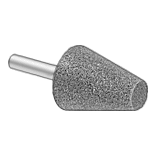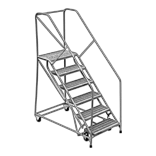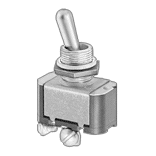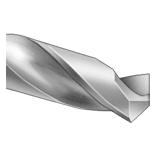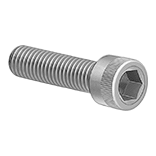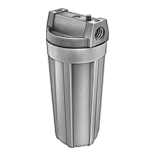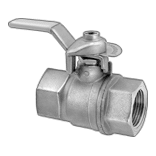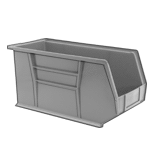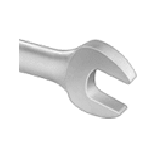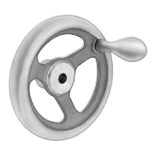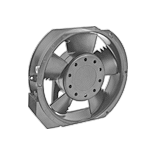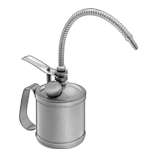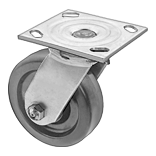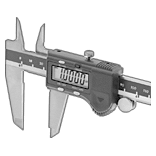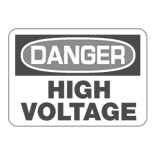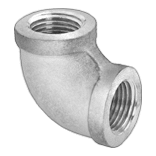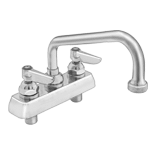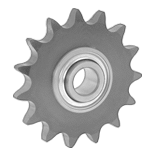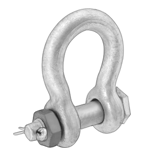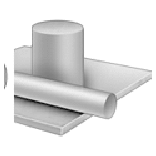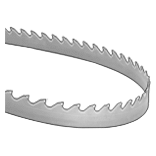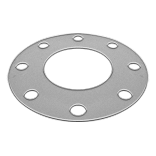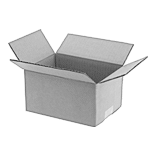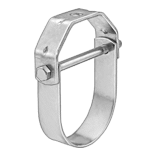Wraparound Top-Mount Weatherstripping


Close gaps between the top of a fire-rated door and its frame to comply with NFPA safety regulations. This UL-certified weatherstripping is often used to modify existing fire doors that no longer meet fire codes, so they don’t need to be replaced. Weatherstripping consists of a bulb seal, a fire-stop strip, a flange, and two end plates.
When the door is closed, the bulb seal compresses against the door frame, forming a tight barrier. This seal blocks air and compensates for uneven surfaces better than flat seals. Made from silicone, it’s durable enough to hold up to daily wear and tear. It’s also UV-resistant, and it withstands temperatures up to 450° F. A fire-stop strip lines the opposite side to completely seal gaps during a fire. When temperatures rise above 375° F, the strip expands to eight times its original size.
The stainless steel flange resists corrosion from water and chemicals. Stronger than aluminum flanges, it holds its shape even when fire is present. End plates are used to cover gaps on the sides of the doors for a finished look from every angle.
For technical drawings and 3-D models, click on a part number.
| Seal Material | Flange Material | Seal Projection | Flange Ht. | For Door Thick. | Fire Safety Rating | Includes | Features | Mounting Fasteners Included | Lengths, ft. | Per Ft. | |
Bulb Seal | |||||||||||
|---|---|---|---|---|---|---|---|---|---|---|---|
| Silicone Rubber | Stainless Steel | 3/16" | 1 3/4" | 1 3/4" | UL 10C: 1 1/2 hr. for hollow metal and composite-core wood doors | End Plates | Fire-Stop Strips | Yes | 0000000 | 000000 | |
Wraparound Bottom-Mount Weatherstripping


Seal drafts, dust, and insects out of your space—this weatherstripping hugs the bottom of your door. Also known as door sweeps.
Flat seals press tight against smooth surfaces to form a solid barrier. However, they don’t compensate for uneven surfaces as well as bulb seals. Behind the seal, there’s a fire-stop strip that expands to eight times its original size in temperatures above 375° F. During a fire, it completely fills any gaps. This weatherstripping is often added to existing fire doors to help them meet NFPA safety regulations without replacing the entire door. Use end plates to cover the sides of the doors for a finished look from every angle.
Neoprene is more weather resistant than vinyl. It stands up to abrasion, water, oil, and detergents.
Stainless steel is stronger than aluminum, so it holds its shape better if exposed to fire. It’s also more chemical and corrosion resistant.
For technical drawings and 3-D models, click on a part number.
Weatherstripping | Replacement 4-Ft. Lg. Seals | ||||||||||||
|---|---|---|---|---|---|---|---|---|---|---|---|---|---|
| Seal Material | Flange Material | Seal Projection | Flange Ht. | For Door Thick. | Fire Safety Rating | Mounting Fasteners Included | Includes | Features | Lengths, ft. | Per Ft. | Each | ||
Flat Seal | |||||||||||||
| Neoprene Rubber | Stainless Steel | 1 1/2" | 1" | 1 3/4" | UL 10B, UL 10C: 1 1/2 hr. for wood fire doors, 3 hr. for metal fire doors | Yes | End Plates | Fire-Stop Strips | 0000000 | 0000000 | 00000000 | 000000 | |
